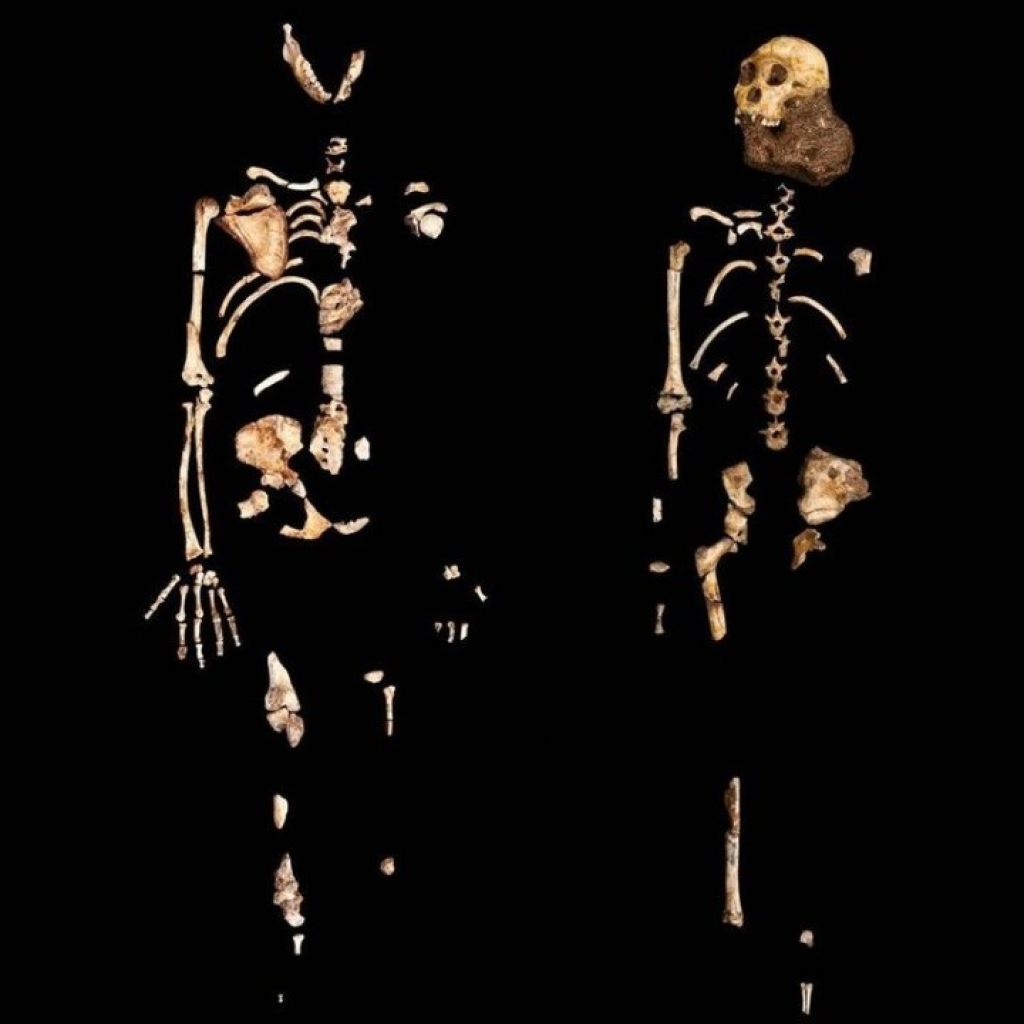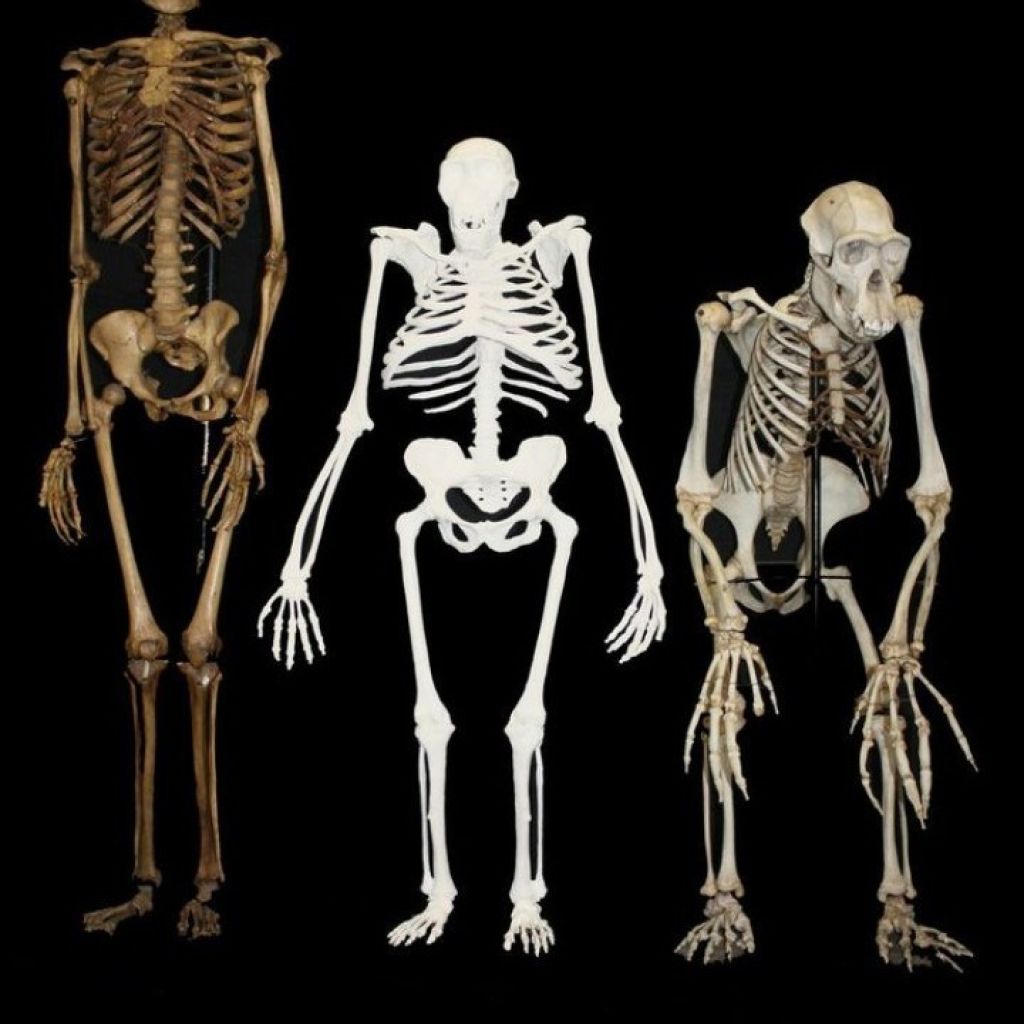Australopithecus sediba: Ground-breaking research revealed

The six research papers, authored by a team of South African and international scientists from the Evolutionary Studies Institute at the University of the Witwatersrand and 15 other global institutions, report on some of the most complete early human ancestral remains ever discovered – the 2-million-year-old fossils belonging to Australopithecus sediba.
The papers are the culmination of more than four years of research into the anatomy of Australopithecus sediba, led by South African Professor Lee Berger, whose son initially discovered the fossil remains at the Malapa site in the Cradle of Humankind in August 2008.
The research delves into the holotype and paratype skeletons commonly referred to as MH1 and MH2, as well as the adult isolated tibia referred to as MH4.

“This examination of a large number of associated, often complete and undistorted elements, gives us a glimpse of a hominin species that appears to be mosaic in its anatomy and that presents a suite of functional complexes that are both different from that predicted for other australopiths, as well as that for early Homo,” summarises Berger.
“Such clear insight into the anatomy of an early hominin species will clearly have implications for interpreting the evolutionary processes that affected the mode and tempo of hominin evolution and the interpretation of the anatomy of less well-preserved species.”
Aside from the 26 authors from 16 institutions involved in the publications, the team focusing its research efforts on Australopithecus sediba and Malapa now numbers more than 100 researchers from around the world – one of the largest dedicated archaeological or palaeontological research programmes.
Berger concludes: “Discoveries such as Australopithecus sediba and the Malapa site demonstrate the need for further African-based exploration in the rich fossil fields of Southern Africa, and additionally demonstrate the tremendous promise of the palaeosciences on the continent.”